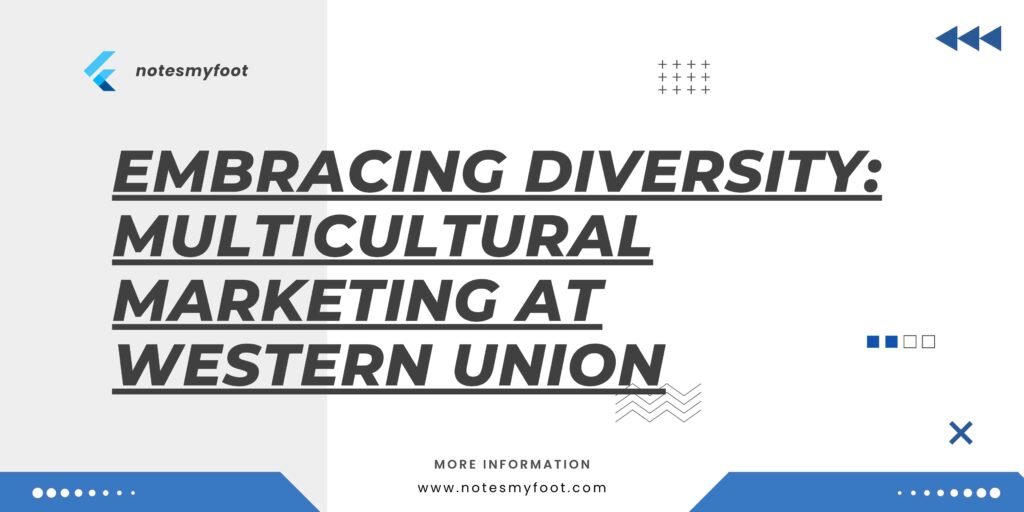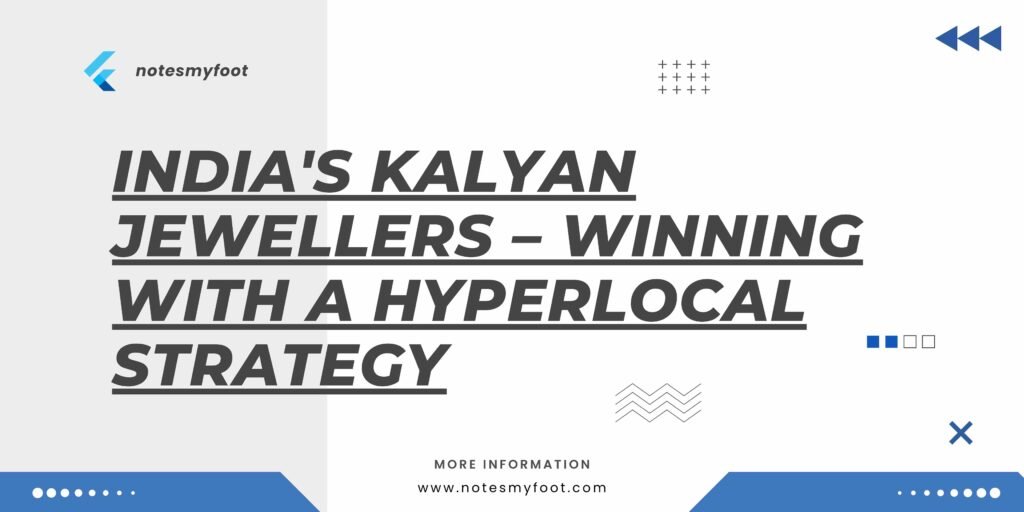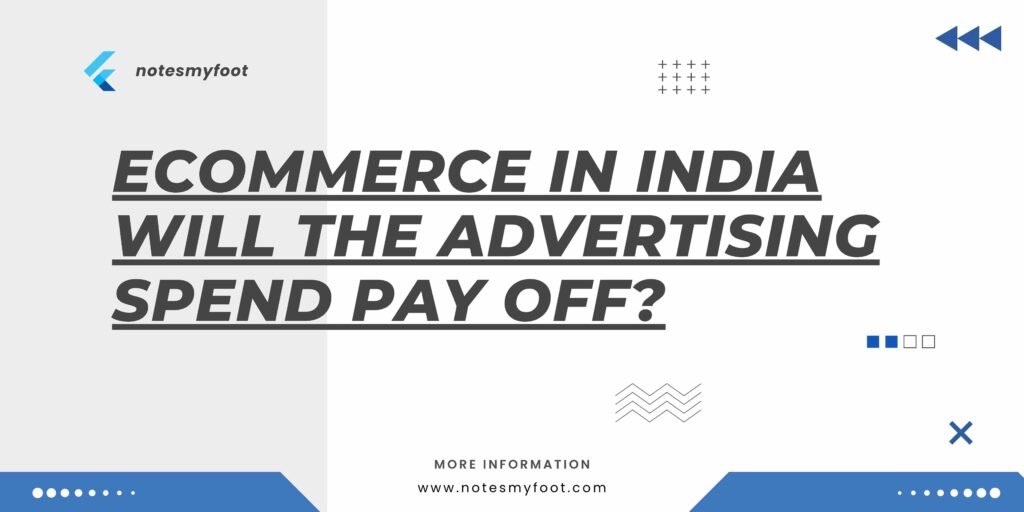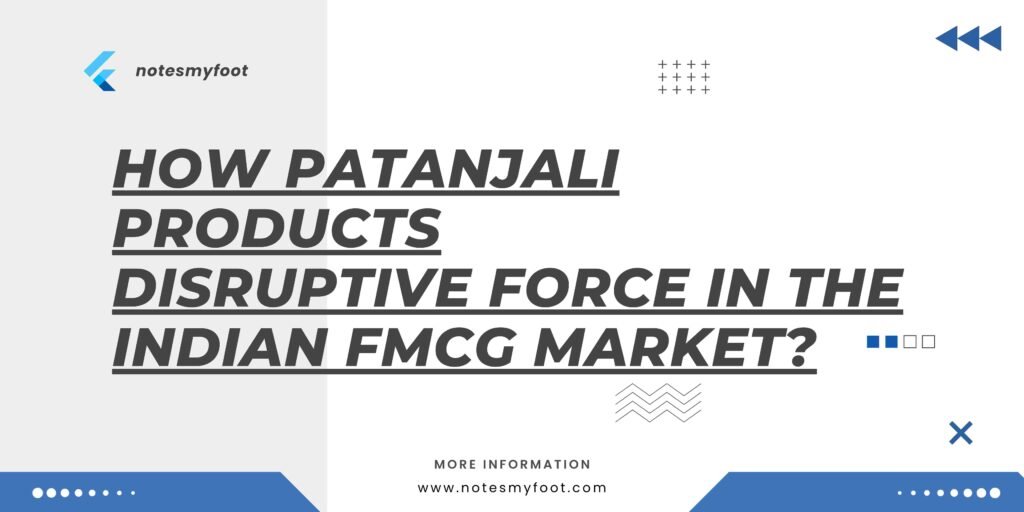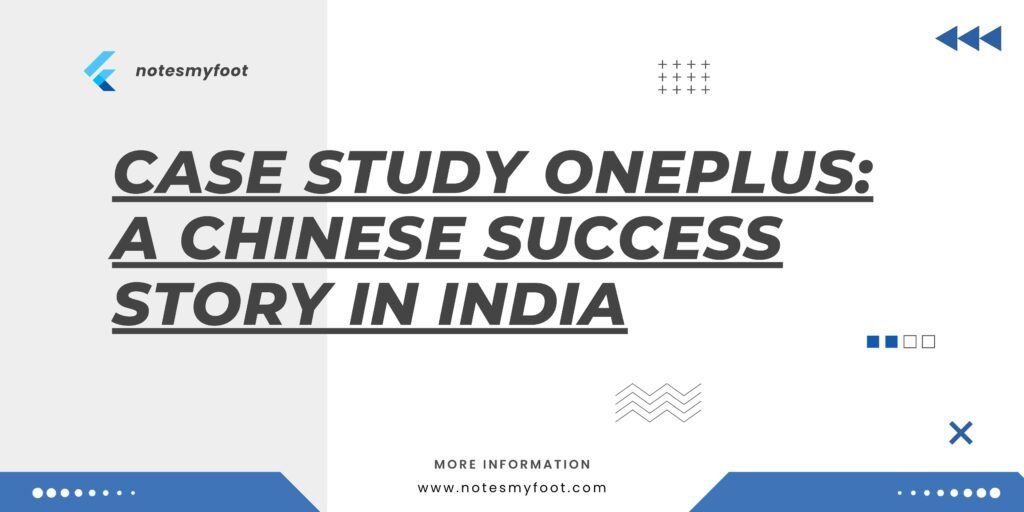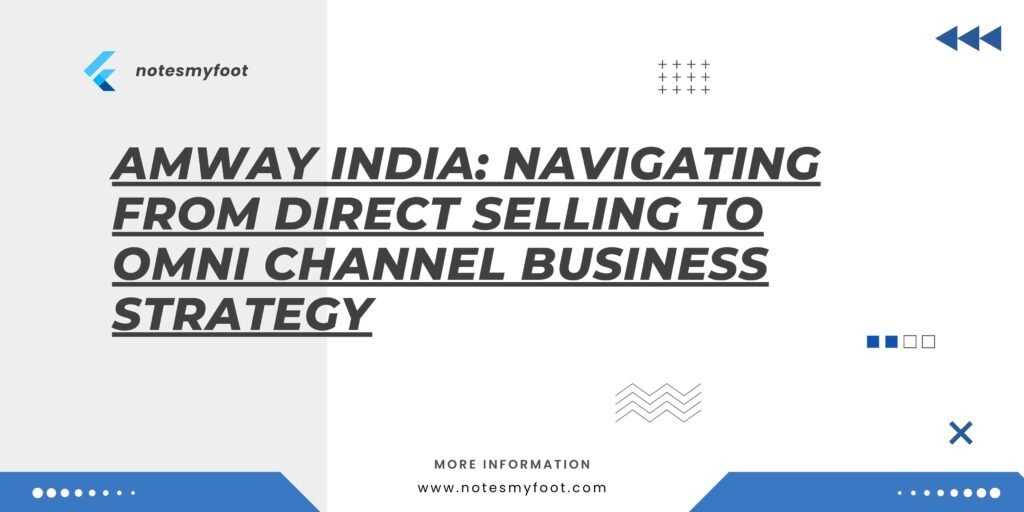
Amway's business model: From Direct Selling to Omni Channel Business
Amway, a global leader in direct selling and multi-level marketing (MLM), has successfully established its presence in India. This blog post will delve into the complexities of Amway’s business model, its growth trajectory, and the strategic shift towards adopting an omni-channel approach. We will also explore the localization strategy implemented by Amway in the Indian market, as well as the challenges it has faced along the way
Section 1: Background Note of Amway's business model
Amway’s business model is centered around direct selling, where independent distributors (Direct Selling Agents) promote and sell Amway products directly to customers. This model eliminates the need for intermediaries and allows for personalized interaction between distributors and consumers.
Section 2: The Growth of Amway
Amway has experienced remarkable growth worldwide, earning the reputation of being a leading MLM company. Its success can be attributed to its quality products, strong distributor network, and commitment to empowering individuals through entrepreneurship.
Section 3: Amway's Foray into India
Recognizing the immense potential of the Indian market, Amway entered India in 1998. With its range of health, beauty, and home care products, Amway aimed to cater to the diverse consumer preferences in the country. Despite initial challenges, Amway gradually gained acceptance and built a loyal customer base.
Section 4: Amway - Educating Its Indian Distributors
Amway understood the importance of educating its Indian distributors to ensure their success. It provided comprehensive training programs, imparting product knowledge, sales techniques, and business management skills. This investment in distributor training played a crucial role in building a motivated and knowledgeable sales force.
Section 5: The Omni-Channel Strategy
To stay ahead in a rapidly evolving market, Amway made a strategic shift towards an omni-channel approach. This involved integrating various sales channels, including direct selling, e-commerce, and retail partnerships, to provide a seamless shopping experience for customers. By embracing digital technologies and leveraging its strong distributor network, Amway aimed to enhance customer engagement and convenience.
Section 6: Reaching Out to the Customer - Move into the B2C Space
Conclusion:
Amway India’s journey from direct selling to an omni-channel business strategy exemplifies its adaptability and commitment to meeting changing consumer needs. By combining the power of direct selling with digital innovation and strategic partnerships, Amway has created a robust platform for sustainable growth. As regulations and market dynamics continue to evolve, Amway remains steadfast in its mission to empower individuals and deliver high-quality products. Also check out Zara’s Logo Redesign: A Bold Step into the Future?



